I've been using the LG27GL850, a 27" 1440p 144Hz IPS monitor, for five years, and have no plans to upgrade anytime soon. It still does everything I need it to do, doesn't feel outdated in gaming, and has no major downsides I need to put up with. In contrast, the latest OLED monitors might boast fantastic contrast and black levels, but they also come with many quirks that aren't for everyone. I'm not upgrading my PC anytime soon, hence I'm comfortable using my existing IPS monitor for a few more years. The inevitable OLED upgrade can wait, at least for my setup.
4 The image quality is great on my IPS
Still feels as good as it did 5 years ago
The LG 27GL850 was one of the best gaming monitors of its time when it launched in 2019. It was well-regarded for its Nano IPS panel, impressive factory calibration, and brightness levels. I had it on my wishlist for months before picking it up from Amazon for around $450. The 27-inch 1440p panel was a massive upgrade from my previous 22" 1080p monitor (another LG model). Even today, I'm more than satisfied with the color reproduction, brightness levels, and contrast of this display.
Since I can control the lighting in my room, my IPS monitor works well during both day and night. There is some level of IPS glow, but it's fairly standard for any IPS panel, and isn't noticeable in most scenes. I use the monitor at 10% brightness when writing, and even when I'm gaming, I don't need to go beyond 70%. In contrast, many OLED monitors struggle with full-screen brightness, and their peak SDR brightness often trails that of good IPS displays.
Additionally, I don't need to deal with text fringing like many OLED owners do. The subpixel layout of OLED monitors is still not perfect, and can cause noticeable issues when reading text, which happens to constitute around 8 hours of my workday. Overall, my 5-year-old IPS monitor still feels as great as it did when I purchased it, and I don't find the image quality of OLED monitors warrants an urgent monitor upgrade.
3 The performance is still impressive
My PC doesn't need a higher-end display
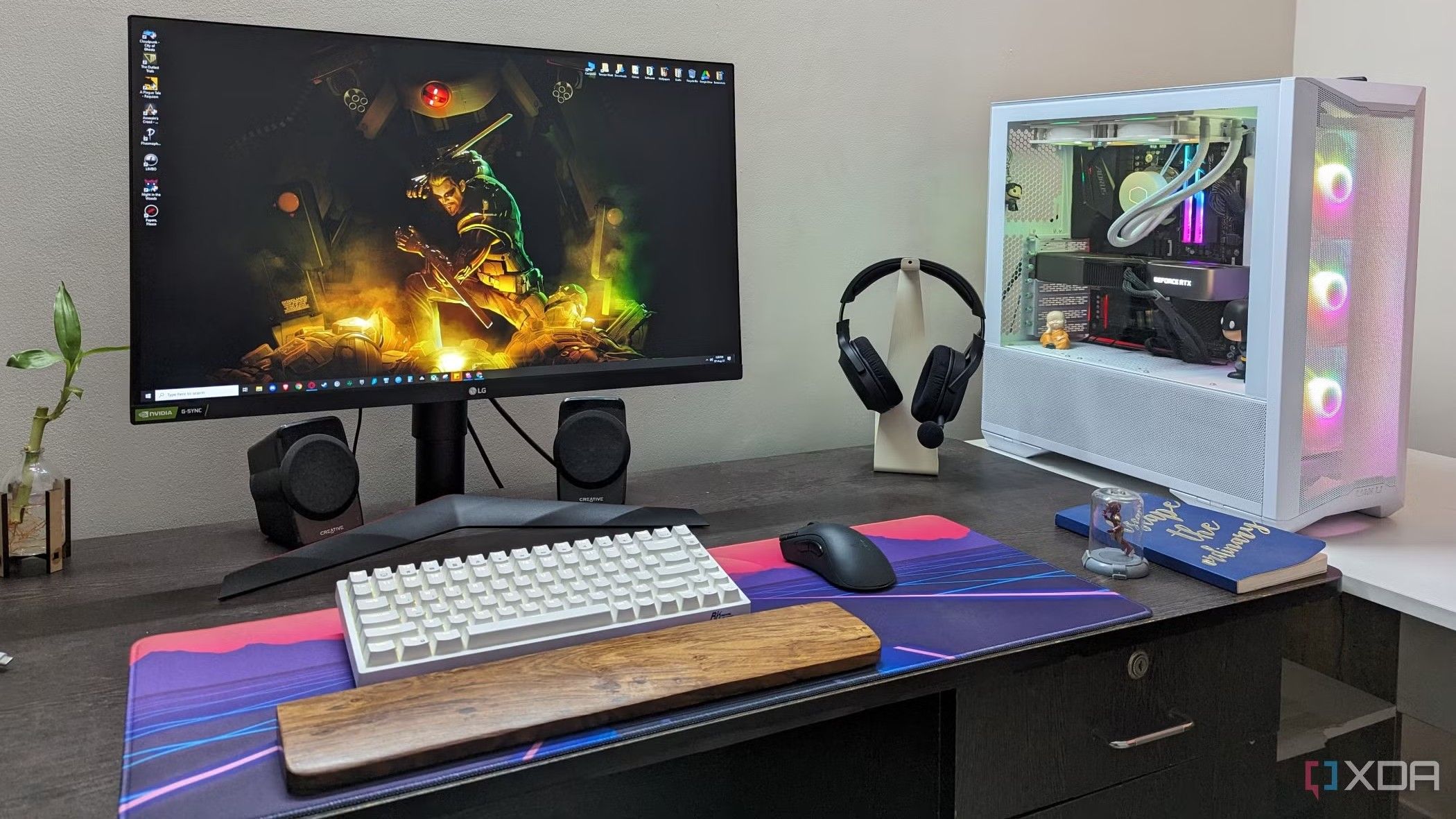
The LG 27GL850 has a 144Hz refresh rate and a 1ms grey-to-grey response time. It's a fantastic display for gaming, and when you factor in the quality of the IPS panel, it becomes a well-rounded gaming and productivity monitor. The games I play are overwhelmingly single-player titles, so I don't need a 240Hz or 360Hz monitor. Even competitive titles look great on this display, since I don't like to lower in-game settings, which keeps the FPS below 144Hz.
My PC currently has the RTX 3080 and Ryzen 7 5700X, which I don't plan to upgrade for the next one or two years. Hence, my gaming requirements aren't changing anytime soon. Upgrading to an OLED monitor doesn't make sense for me right now, since that would inevitably push me to invest in a new graphics card, and possibly, an entirely new PC. When I'm enjoying both single-player and multiplayer games on this great IPS display, I don't see a reason to change anything in my setup.
2 OLED monitors are still not affordable enough
I don't want to spend $800 on a monitor
It's a fact: OLED displays are still too damn expensive. Over the last few years, they've slowly crept into the sub-$1,000 segment, but that doesn't make them "affordable." Even if you argue that 27" 1440p OLED panels are available for $600, I would argue that's still too much to pay for a monitor, especially one that will have the same size and resolution as my current display.
It's not that I'm ignoring the high-end experience OLED displays are capable of; I'm simply looking for a game-changing upgrade over my current monitor. And that needs to be at least a 32" 4K 240Hz OLED monitor, which costs at least $800 in the current market. So, it all comes down to waiting for OLED gaming monitors to become truly affordable, and for my dream OLED display to reach the magical $500 figure. Until then, I'm happy to use my IPS monitor, which isn't nearly the compromise many people think it is.
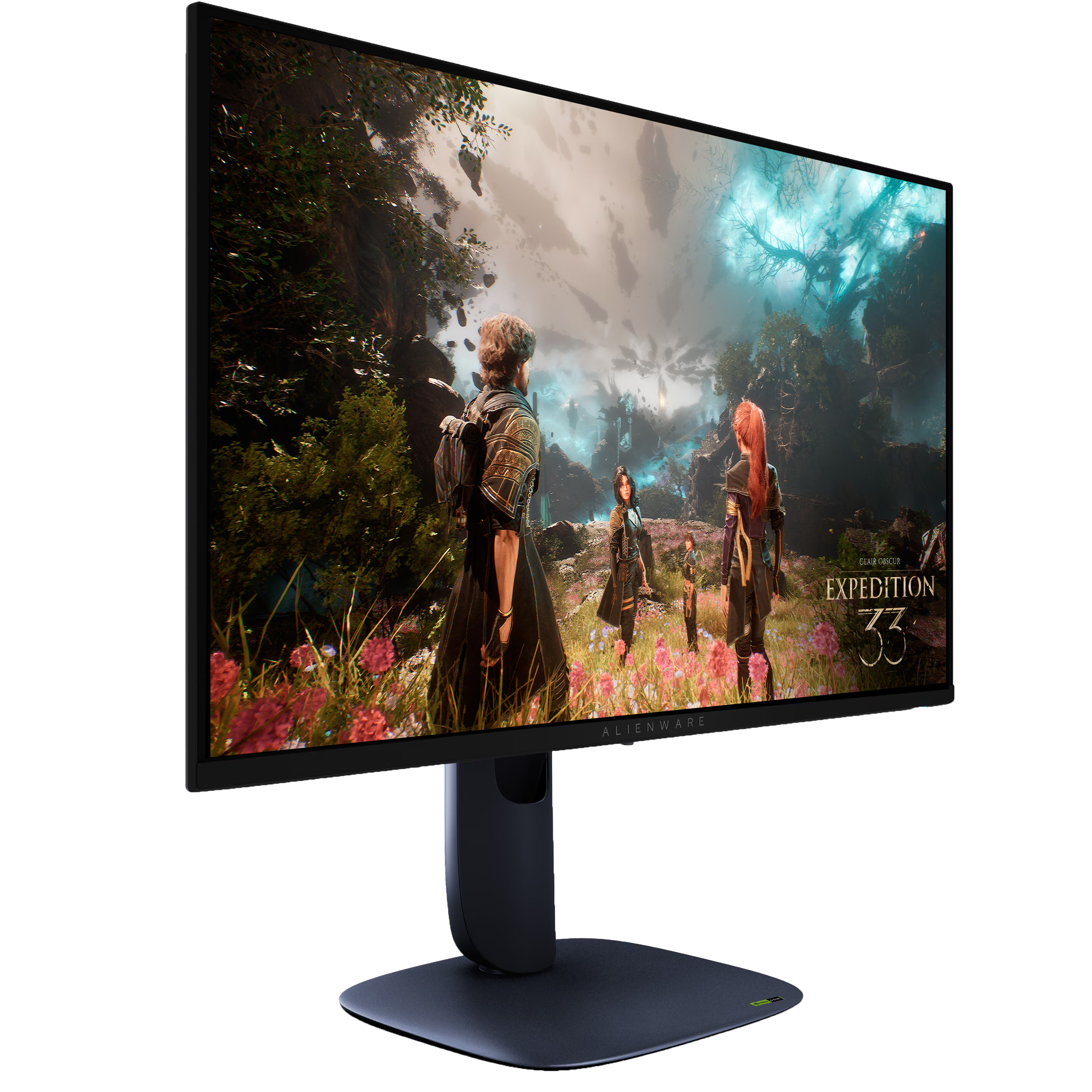
Resolution 3840 x 2160 (4K)
Screen Size 27 inches
Brand Alienware
Connectivity 3x USB-A 5Gbps, 1x USB-C 5Gbps
The Alienware AW2725Q is an excellent 4K gaming monitor. Its 27" 4K QD-OLED panel boasts a 240Hz refresh rate and 0.03ms response time. It's one of the cheapest monitors in its performance class.
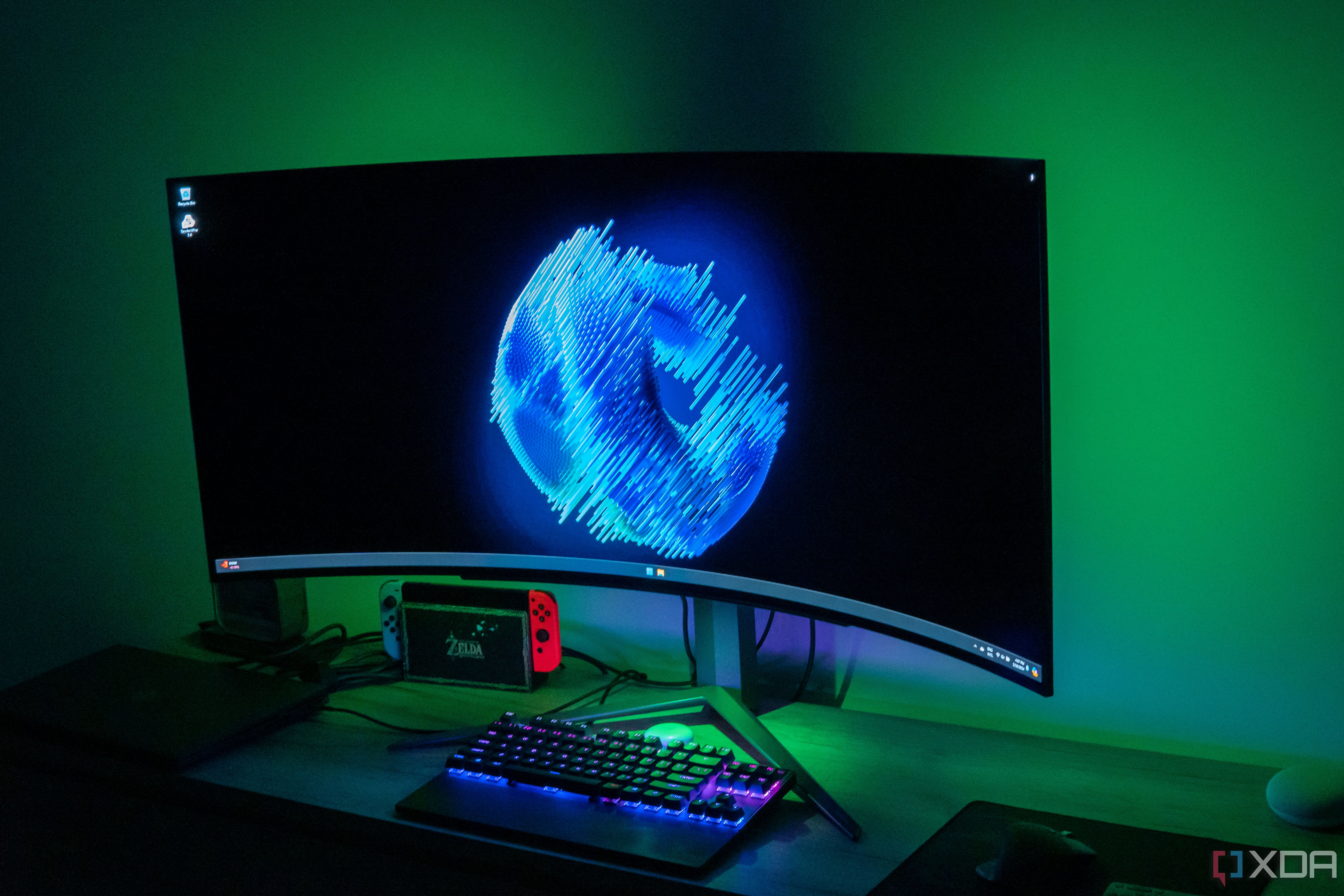
Related
4 reasons I'm giving up on OLED and buying a mini-LED monitor instead
Mini-LED monitors have gotten to a point where I can safely delay my OLED monitor upgrade for a few more years
1 OLEDs have a lot of headaches for something so expensive
Why do I have to suffer?
Lastly, for all the great things OLED monitors offer, they come with a lot of hassle, especially for something so premium. You still have to baby your OLED display, taking care that its self-emitting pixels don't burn out from showing the same image for too long. This involves multiple pixel refresh and pixel cleaning cycles that you can't skip. OLED monitors might have 3-year burn-in warranties now, but that's far too little for something I'm paying a grand for.
I don't want to adapt my working habits to my monitor's whims, such as avoiding static elements on the screen. I write for around 8 hours a day, and completely avoiding static elements is next to impossible. OLED burn-in tests have shown that regular use can indeed lead to some permanent damage to your display, which makes me wary about investing in an OLED monitor. They might be great as gaming-only displays, but that's not the only thing I do on my PC.
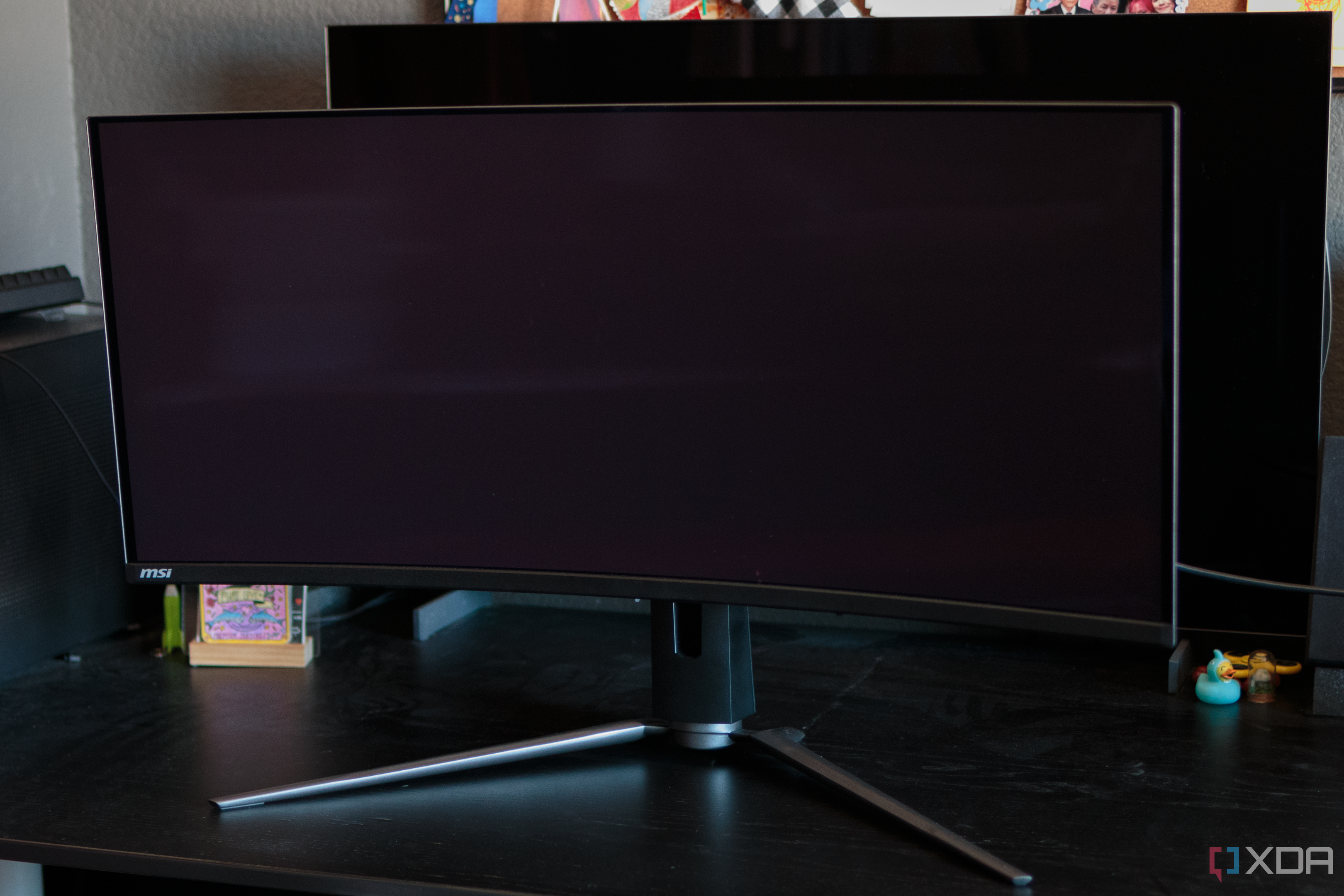
Related
10 simple ways to prevent burn-in on your OLED monitor
Burn-in on OLED monitors is unfortunately all too real. Here are some quick tips to help you delay the inevitable.
My IPS monitor and I aren't breaking up just yet
OLED monitors represent the pinnacle of display technology, but they aren't perfect. You need to accept the reality of burn-in, deal with OLED upkeep, and be content with a shorter monitor lifecycle. My existing IPS monitor still boasts great image quality and performance, and I don't see myself spending close to $1,000 on a high-end OLED monitor. It'll take a few more years for 4K 240Hz OLED monitors to reach the $500-$600 segment, so until then, I'm happy to retain my 1440p 144Hz IPS monitor.
.png)
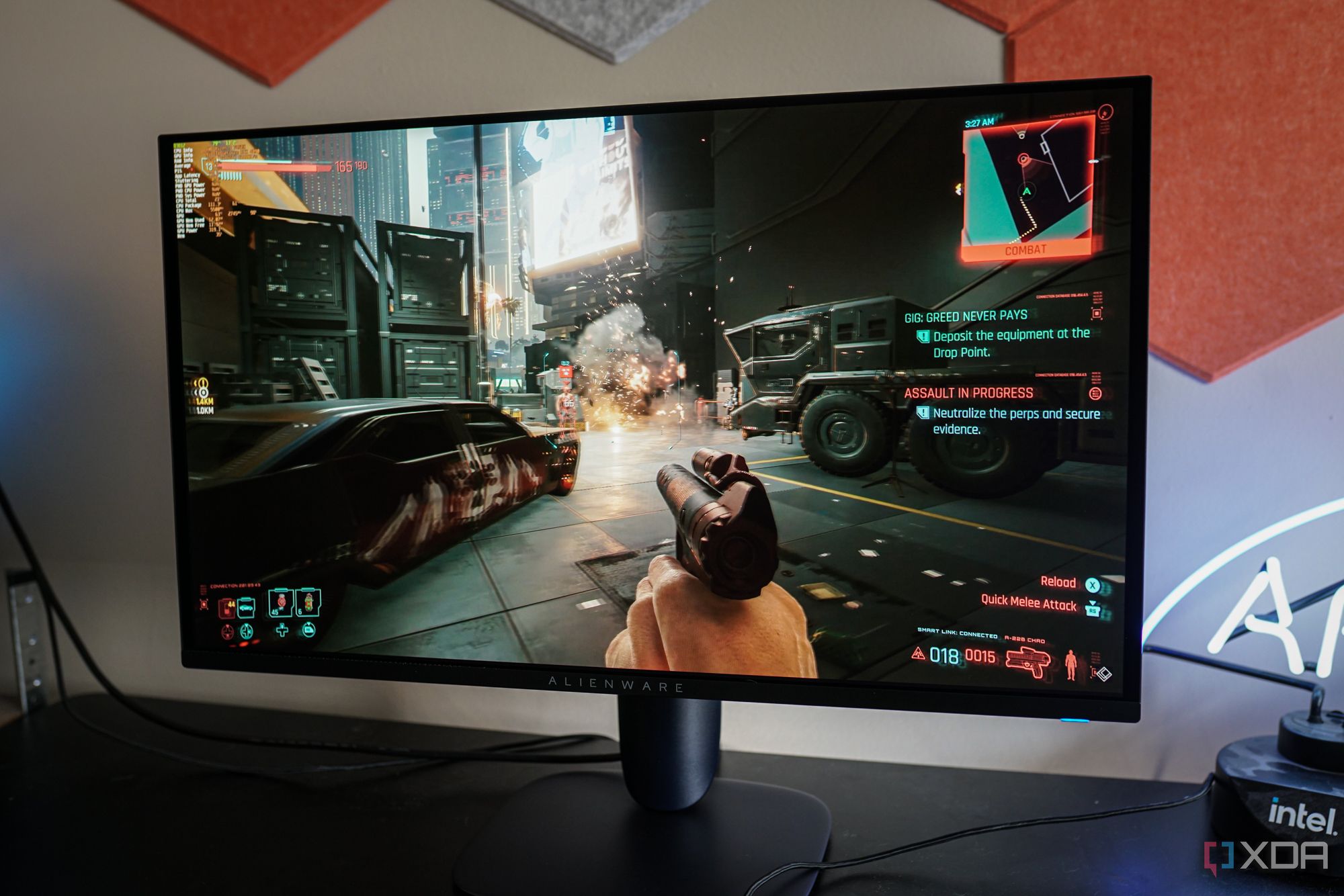
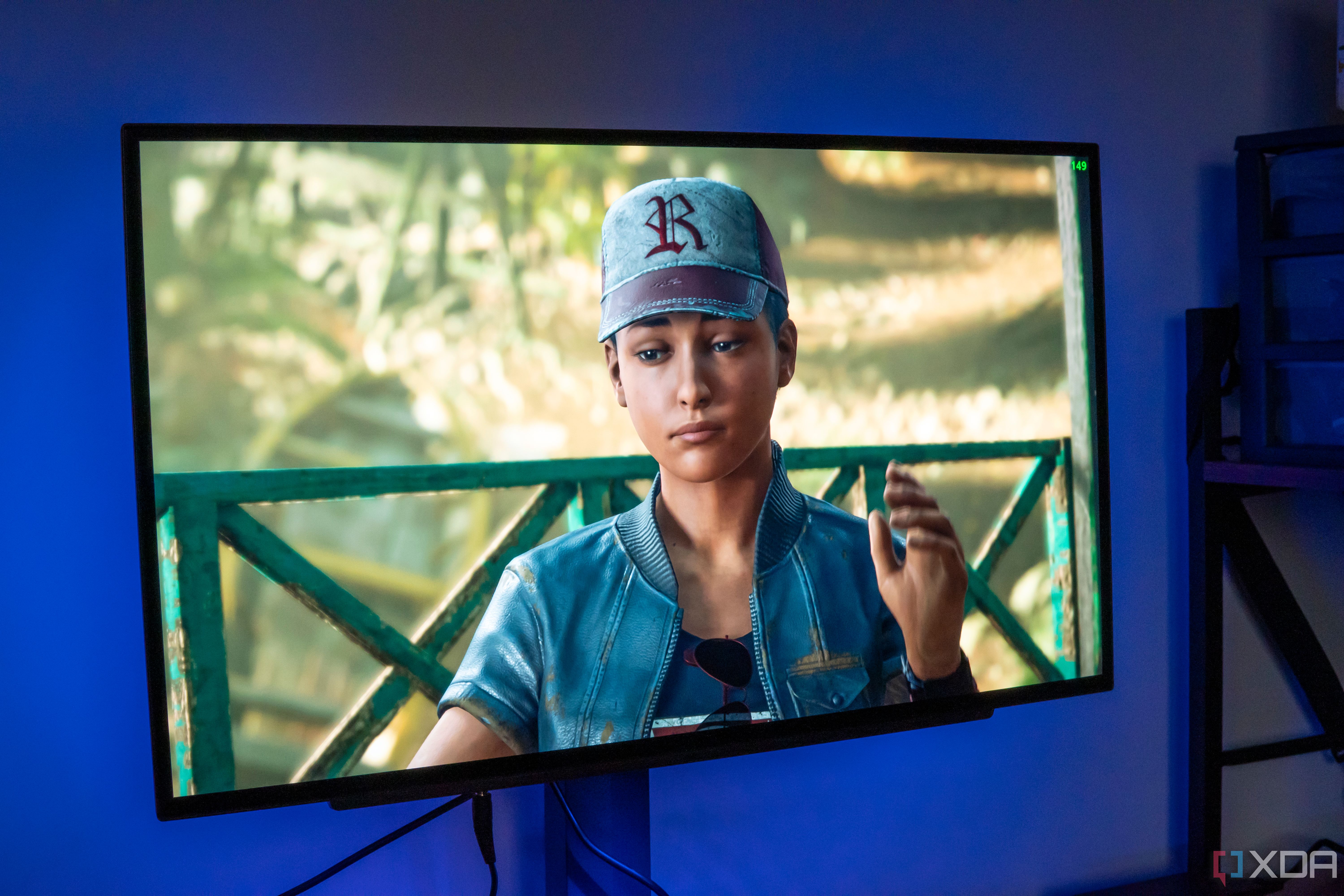
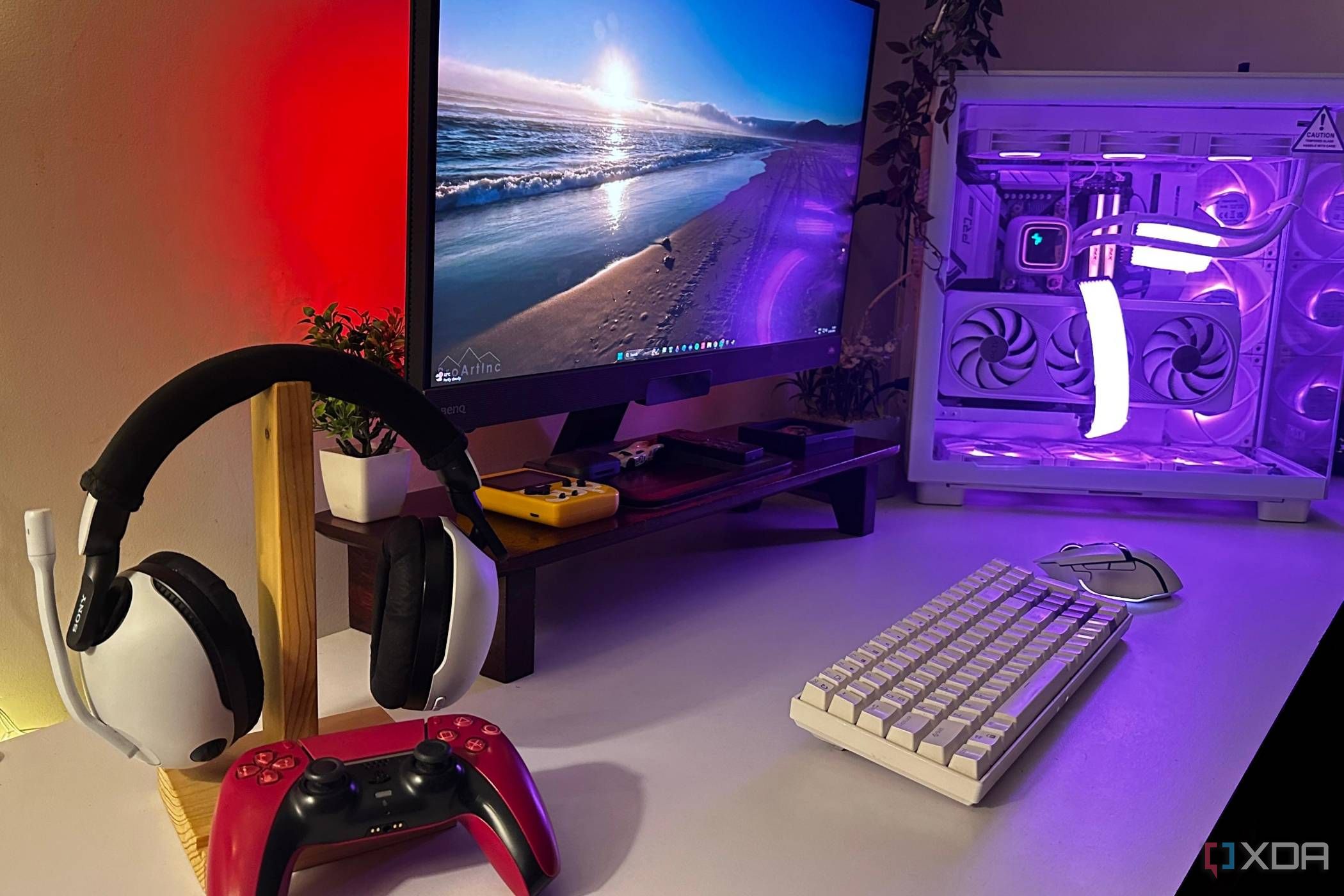
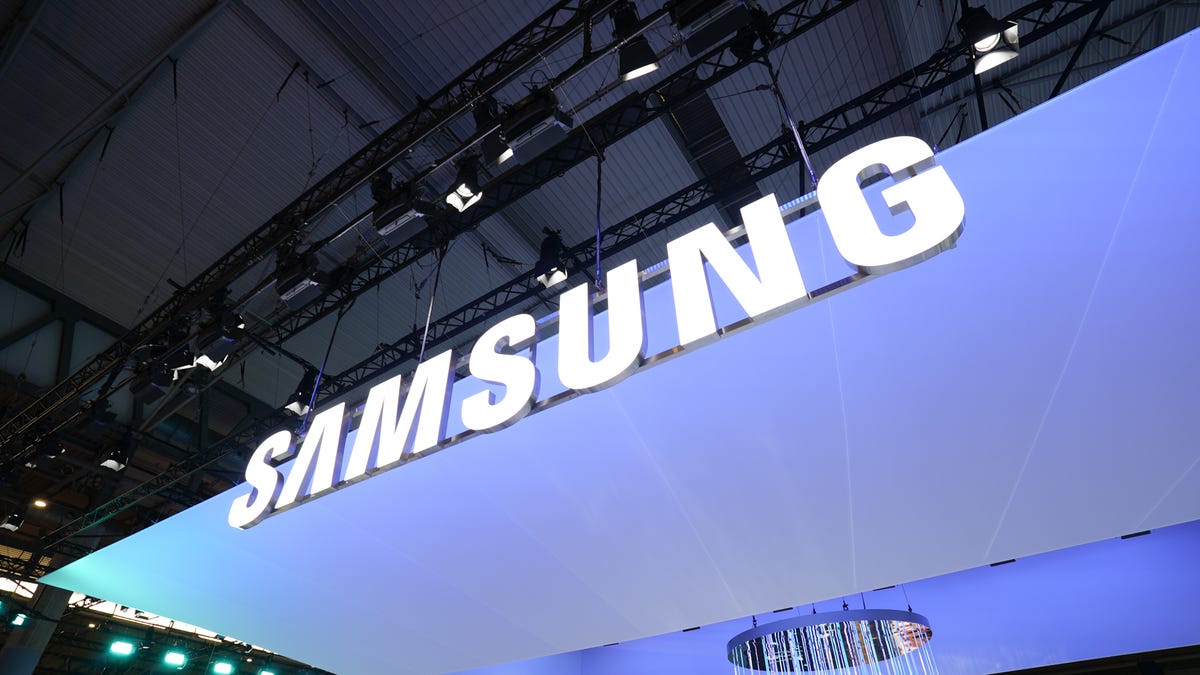
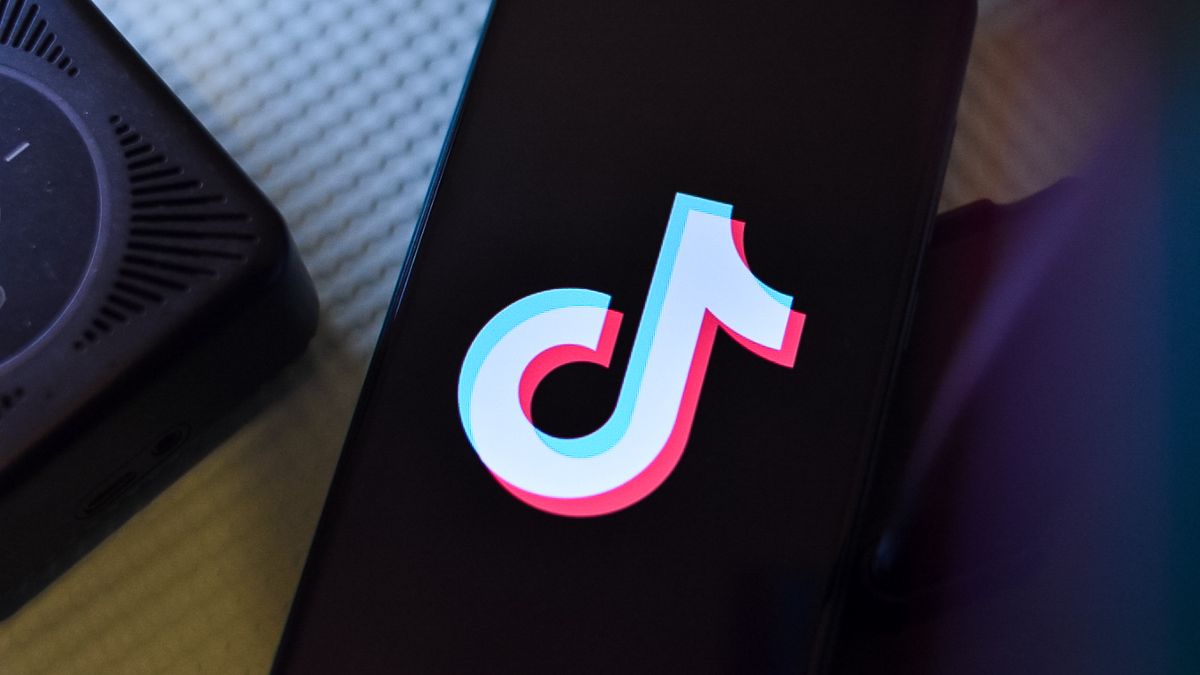
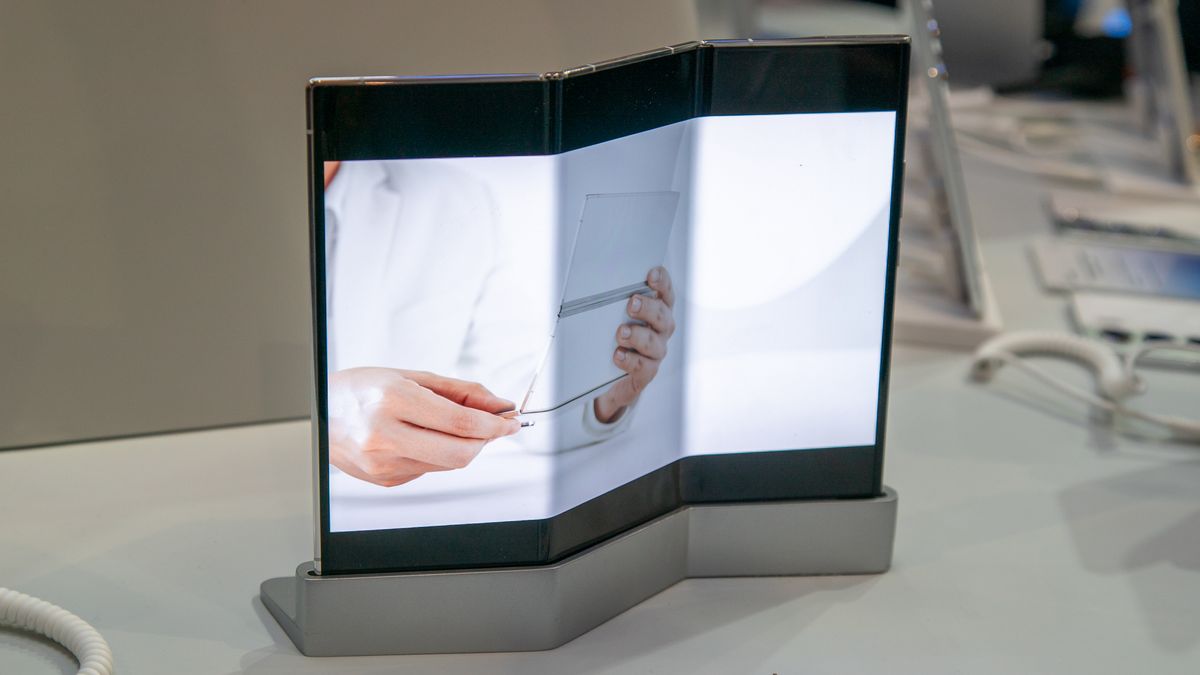







 English (US) ·
English (US) ·